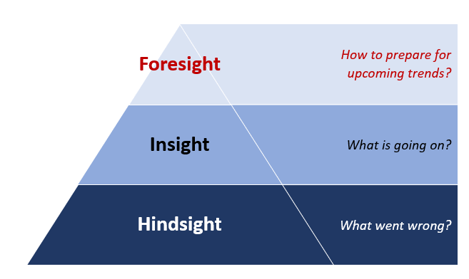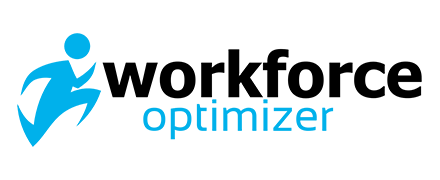Reading time: 4 minutes
 Although predictive workload involves an extent of the unknown, it is to a large extent about using data to prepare for the unknown and it’s known possibilities. That said, how does knowledge of such forecasted data actually translate into transforming your business? Let’s dive deeper into what predictive workload is all about and why it is essential in optimizing workforces of today.
Although predictive workload involves an extent of the unknown, it is to a large extent about using data to prepare for the unknown and it’s known possibilities. That said, how does knowledge of such forecasted data actually translate into transforming your business? Let’s dive deeper into what predictive workload is all about and why it is essential in optimizing workforces of today.
Predictive data is often referred to as an art and as a science. What it is not, however, is a random theory or idea that is arbitrarily concocted based on the whims and subjectivity of a manager, for example.
To define, a predictive workload is derived from collecting and analyzing data (e.g. sales records) to uncover possible patterns of the various functions (e.g. sales, inventories, etc.) across organizations. It is acquired from pouring through copious amounts of both historical data, internal schedules (e.g. event list of promotions that affect the sales cycles), which thankfully, we have machines and artificial intelligence to do the job for us – with greater accuracy and speed. Leveraging this data, a prediction is then made on the workload, and the possible schedules and resources required to meet it.
Moving beyond reactionary strategies
This has enabled us to move past having postmortem or hindsight analysis of “what went wrong?”, to having insights on the “what is currently happening?” and finally arrive at the foresight to ask, “based on current trajectory, what and how should we prepare based on the upcoming trends?”

The advantage of this is two-fold: first, this helps organizations identify potential need gaps (i.e. if too much or too little resources are being allocated) and second, based on current data, estimate how much resources should be planned in different scenarios (i.e. peak or lull seasons). The predictive element thus gifts organizations with better visibility and control of various processes, which in turn enables them to make more informed decisions and craft strategies based on concrete organizational data.
Predictive Analytics
Analytics comes into the fore when the forecasted data is validated – analysis can be generated to understand the accuracy and shortfalls between what was predicted (i.e. forecast) and what actually happened (i.e. test data).

Example of a forecasting output graph (Copyright of FriarTuck)
Having the right ingredients
Taking things into perspective, the best thing about adopting a predictive workload is that you already possess the base ingredient needed for it! Every organization is already in possession of a wealth of data across every function, hence there is great merit in capitalizing on it to make strategic decisions for the organization’s future (especially for organizations that have already gone digital). Furthermore, it provides a strategy that is based on the organization’s own mechanisms, in other words, a solution that is tailor-made for the organization. This would be way more effective than trying to copy and paste a rival’s successful strategies for instance.
Hence if used effectively, integrating a predictive workload as part of your workforce strategy can be vital in optimizing organizational processes, and should be something that every farsighted business leader should intently consider investing in.



